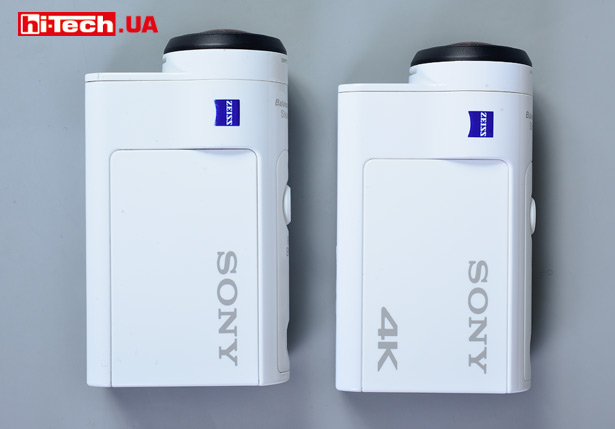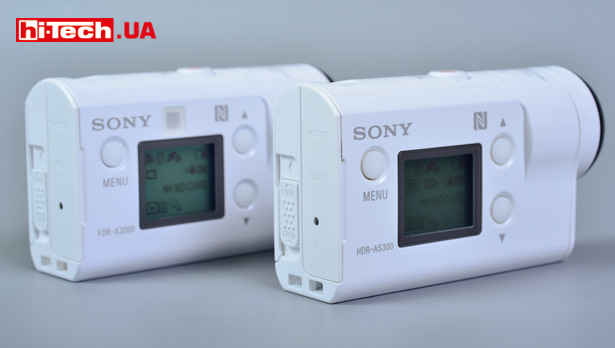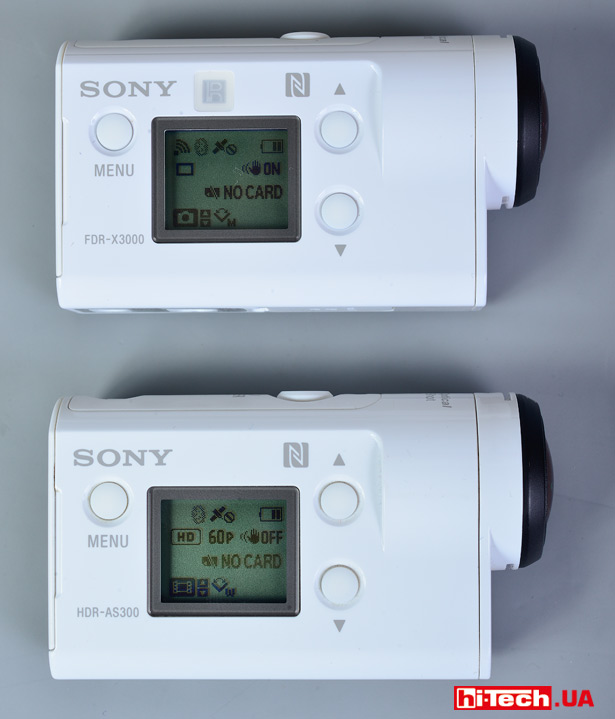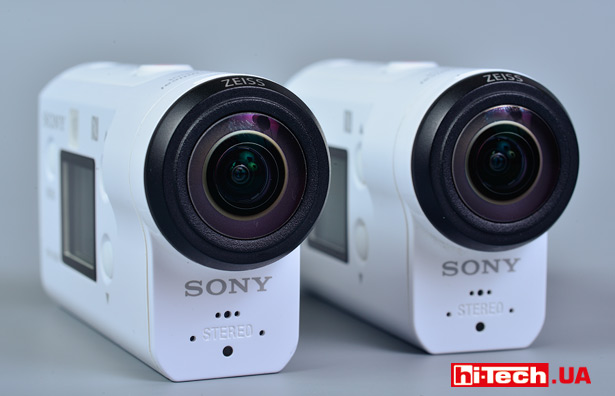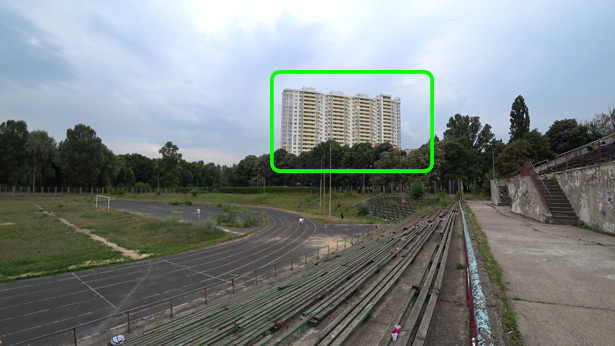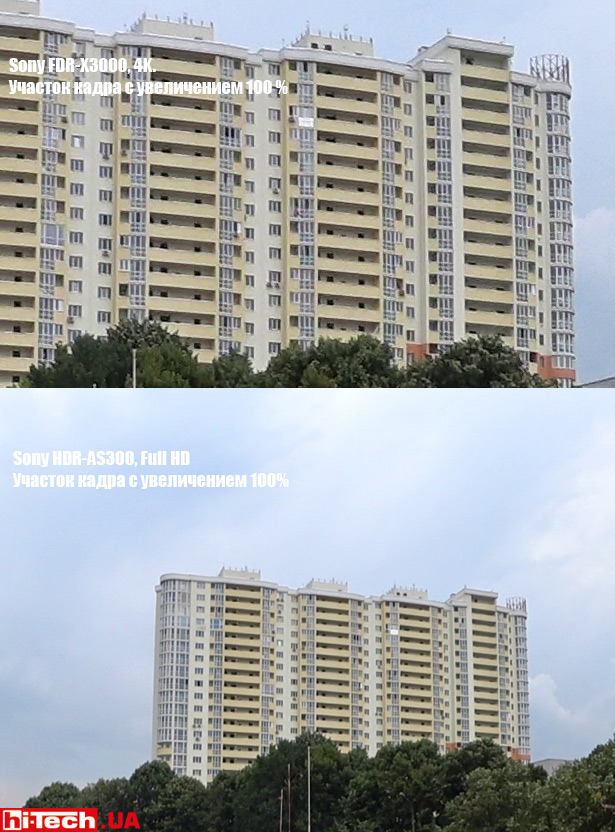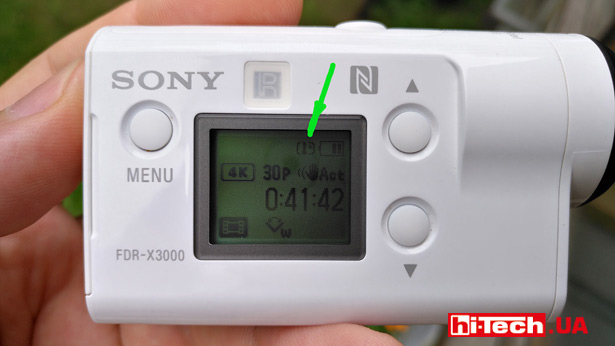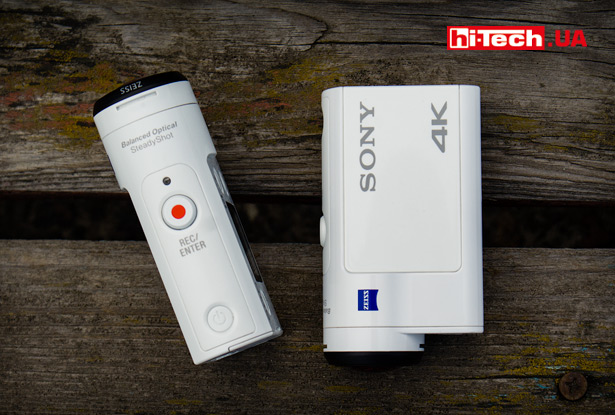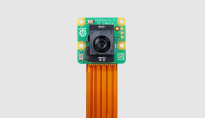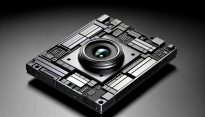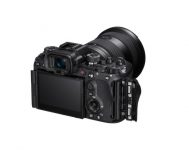Let’s find out the differences between the Sony FDR-X3000 and HDR-AS300 action cameras. 4K is useful
28.07.17
The Sony FDR-X3000 and HDR-AS300 action cameras appeared in early autumn 2016 and are currently the newest Sony devices in this category. The unique feature that sets them apart from all other competitors available in the market today is that they have a full-fledged optical image stabilization system. This is a unique feature for action cameras. The proprietary Balanced Optical SteadyShot (B.O.SS) system is used.
A few months ago we already looked at the model in detail Sony HDR-AS300.
Considering that the Sony FDR-X3000 and HDR-AS300 are very similar (based on the same matrix (sensor), have identical housings and protective boxes, are controlled in the same way, etc.) and differ only in details, although it should be noted , very important details, most of what was written earlier about the HDR-AS300 also applies to the more advanced Sony FDR-X3000. We recommend that you read this material.
This time we wanted to understand exactly their differences, because we had an excellent opportunity to get both the Sony FDR-X3000 and the HDR-AS300 at the same time.
The main difference between the more advanced and expensive Sony FDR-X3000 compared to the HDR-AS300 is the ability to shoot 4K video for the first time. The HDR-AS300 shoots a maximum of Full HD videos.
But no less important is the FDR-X3000’s expanded selection of shooting modes. This also applies to a higher recording speed at various options for the selected resolution (important for the Slow motion effect), and to the ability to select an increased bitrate.
The FDR-X3000 also features an IR sensor for use with an IR remote control, something the HDR-AS300 lacks.
In a comparison table, we have collected the available video shooting modes of the HDR-AS300 and FDR-X3000.
| Sony FDR-X3000 | Sony HDR-AS300 | ||
| Resolution | format | available speed, fps | available speed, fps |
| 3840×2160 (4K) | XAVC S | 24 (up to 100 Mb/s), 30/25 (up to 100 Mb/s) | — |
| MP4 | — | — | |
| 1920×1080 (Full HD) | XAVC S | 24, 30/25, 60/50, 120/100 (bitrate up to 100 MB/s) | 24, 30/25, 60/50 |
| MP4 | 30/25, 60/50 | 30/25, 60/50 | |
| 1280×720 (HD) | XAVC S | 240/200 (up to 100 MB/s)</ span> | — |
| MP4 | 30/25, 120/100 | 30/25, 120/100 | |
| 800×480 (SD) | MP4 | 240/200 | 240/200 |
Please note that the Sony FDR-X3000, unlike the HDR-AS300, can shoot HD video (1280×720 pixels) at up to 240 fps, and Full HD (1920×1080 pixels) at up to 120 fps .
In general, the ability to shoot at high speeds is important for an action camera. Nowadays, watching videos at 60/50 frames per second is becoming more and more popular, and a supply of frames for Slow motion certainly won’t hurt.
The Sony FDR-X3000 in this regard is quite consistent with modern top action cameras and is noticeably superior to the HDR-AS300.
By the way, the most “heavy” modes of the Sony FDR-X3000 with a video stream of 100 MB/can only be enabled when using high-speed memory cards of at least UHS-I Class 3 (U3).
It is curious that the FDR-X3000 does not have any options for video recording modes with resolutions between 4K and Full HD (2.7K, 1440p), as, for example, in GoPro cameras. Often, such compromise options for video resolution and speed turn out to be useful.
Why is 4K video useful?
Many people think that if there is no monitor or TV with a 4K screen, and at the moment very few actually have such display devices, then recording in this mode is not at all necessary. But that’s not true.
Yes, your 4K videos on YouTube will be viewable by those with 4K screens, but that’s not the point.
Higher resolution of clips can be very useful when editing final videos of lower resolution.
When cropping, you have some margin for detail. In addition, special frame cropping can be used for additional video stabilization (available in many advanced video editors). Again, you will have an additional margin for permission.
There is one more useful property. If high-resolution videos are converted (reduced, “resized”) into videos with a lower resolution, for example, converting 4K to Full HD, then the resulting Full HD video will usually be more detailed than video originally shot with the same camera in Full mode HD.
Filming
As for the comparison of the detail of 4K video shot on the Sony FDR-X3000 and Full HD video obtained, respectively, on the HDR-AS300, there is, of course, a difference. When analyzing the recordings, you can notice the advantage of the Sony FDR-X3000. But, I must say, the differences cannot be called striking. If Full HD and 4K recordings from more advanced, in terms of shooting, system cameras were compared, the differences would probably be much more noticeable.
- Still from Full HD video Sony HDR-AS300
- Still from 4K video Sony FDR-X3000
For fun, we also downscaled a screenshot from the 4K video of the FDR-X3000 to Full HD and compared it with a screenshot from the Full HD video of the HDR-AS300 camera. At 100 percent zoom, you can actually see a slight edge in detail in the FDR-X3000’s frame.

A still from a 4K Sony FDR-X3000 video, downscaled to Full HD. When compared to a still from a Full HD Sony HDR-AS300 video, slightly higher detail is noticeable
To demonstrate the operation of the optical stabilization system, we filmed with two cameras (on one the system was turned off) simultaneously handheld while walking. The efficiency of the system is commendable.
Also notice the difference when shooting at high speed. 720@240 mode (1280×720 at 240 fps) for the FDR-X3000 and 720@120 for the HDR-AS300. Subsequently converted to a 30 fps video. To do this, the video speed of the FDR-X3000 was reduced by eight times, and the HDR-AS300 by four.
The upper part of the frame is recorded from Sony HDR-AS300 (720p120), the lower part of the camera is recorded from Sony FDR-X3000 (720p240)
An interesting observation: the Sony FDR-X3000 and HDR-AS300 cameras handle video quite delicately. For example, in the videos of many smartphones you can notice much more aggressive “sharpening” (increasing contour sharpness). Such “sharpening” sometimes makes the video look more attractive, creating the impression of higher detail, but it can interfere with video editing.
While using the Sony FDR-X3000 we encountered an unpleasant situation. Recording 4K video and other high bitrate video modes overheats the camera quite quickly. We didn’t get to the point of turning off the device, but some time after startup a temperature warning appears on the screen. Judging by the information in the instructions, you need to stop recording and let the device cool down. The problem is especially relevant when using a protective box. According to measurements, the camera body can heat up to 60 °C.
In defense of the Sony FDR-X3000, it must be said that such problems with overheating in “heavy” operating modes are relevant for powerful action cameras in general. In such compact devices, which are often enclosed in a tight protective box, it is very difficult to organize highly efficient cooling, but the sensor, chipset and other components can generate a lot of heat during such operation.
You probably won’t be able to shoot 4K continuously for several tens of minutes without a warning signal appearing with the Sony FDR-X3000. Unless the camera will be used without a housing and will be constantly exposed to air (mount on a motorcycle, bicycle, car, etc.).
It is quite logical that 4K filming also requires increased energy costs. Thus, Sony FDR-X3000 and HDR-AS300 cameras in Full HD recording mode with wireless interfaces disabled can operate without recharging for about 95 minutes. Under the same conditions, with 4K recording, the Sony FDR-X3000 was able to work for 58 minutes.
Conclusions
We previously tested the latest generation Sony action camera HDR-AS300 was compared with its more advanced cousin FDR-X3000.
The higher cost of the FDR-X3000, in this case, is absolutely justified. For serious work with video after shooting, processing, editing videos, the older FDR-X3000 is much better suited due to modes with increased bitrates, shooting 4K video and more advanced features related to high-speed video shooting.
It is quite possible to save money and choose a junior model if you are not ready to go into the subtleties of implementing the slow motion effect, and in general you do not plan any serious manipulations related to the processing of the resulting videos.
Both cameras are certainly not cheap, but in this category of devices they are some of the best models on the market, capable of competing with the best action cameras of their competitors. First of all, we mean GoPro devices.
It is also worth considering that the HDR-AS300 and FDR-X3000, at the moment, are unique models due to the presence of a full-fledged, effective optical image stabilization system.
Main characteristics of the Sony FDR-X3000 and HDR-AS300 cameras
| Camera | Sony FDR-X3000 | Sony HDR-AS300 |
| Matrix size | 1/2.5” | 1/2.5” |
| Matrix resolution | 8.2 megapixels. | 8.2 megapixels. |
| Lens aperture | F2.8 | F2.8 |
| Optical image stabilization | yes | yes |
| Maximum shooting speed in 1080p/720p modes | 120/240 fps | 60/120 fps |
| Shooting 4K video | yes | no |
| Waterproof box | up to 60 m | up to 60 m |
| Wi-Fi/Bluetooth support | yes/yes | yes/yes |
| Built-in GPS module | yes | yes |
| Memory card support | microSD, microSDHC, microSDXC, Memory Stick Micro | microSD, microSDHC, microSDXC, Memory Stick Micro |
| Standard battery capacity | 1240 mAh | 1240 mAh |
| Dimensions | 29.4x47x83 mm | 29.4x47x83 mm |
| Weight with battery | 109 g | 109 g |
| Supplier | Sony representation | Sony representative |
| Cost of camera without remote control | $570 | $450 |
| Cost of camera with remote control RM-LVR3 | $660 | $570 |
See also:
Review of the Sony HDR-AS300 action camera. Sony offers something that no one else has
Engineer of the Test Laboratory
Don't miss interesting news
Subscribe to our channels and read announcements of high-tech news, tes
Oppo A6 Pro smartphone review: ambitious

Creating new mid-range smartphones is no easy task. Manufacturers have to balance performance, camera capabilities, displays, and the overall cost impact of each component. How the new Oppo A6 Pro balances these factors is discussed in our review.
Editor’s Choice 2025. Best devices of the year by hi-tech.ua

The best gaming laptops, mice for work, gaming keyboards, smartphones, and wireless headphones of 2025. Among them, we will highlight the most interesting ones and those that we can recommend buying.
Lenovo showed off an experimental Legion Pro Rollable laptop with a rollable screen concept laptop Lenovo
Lenovo Legion Pro Rollable is a new concept gaming laptop that Lenovo will show publicly for the first time at CES 2026
KLM introduces first electric aircraft tractors aviation transport
KLM has started using Goldhofer Phoenix AST2E electric tractors at Schiphol Airport, taking another step towards carbon-free ground handling by 2030.


